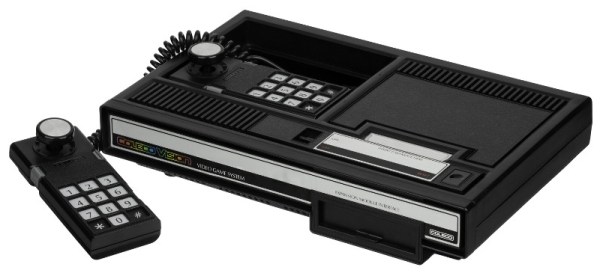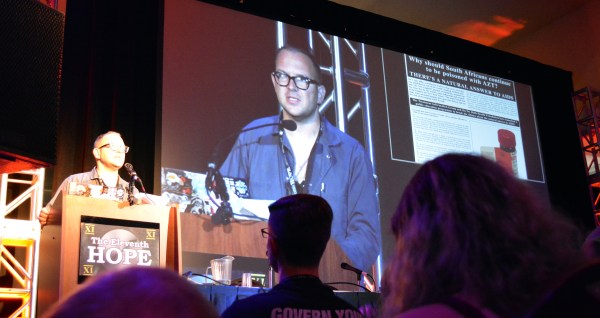Apple released a phone, the most phone in the history of phones. It’s incredible.
There are four machines that are the cornerstone of electronic music. The TR-808, the TR-909, the TB-303, and the SH-101 are the machines that created techno, house, and every other genre of electronic music. This week at KnobCon Behringer, the brand famous for cheap mixers, other audio paraphernalia of questionable quality, and a clone of the Minimoog, teased their clone of the 909. Unlike the Roland reissue, this is a full-sized 909, much like Behringer’s clone of the 808. Price is said to be under $400, and the best guess on the release is, ‘sometime in the next year’
Speaking of synths, [jan] has created a ton of electronic musical instruments based around single chips. There’s one that fits inside a MIDI plug, and another that also adds a keyboard. Now he has an ‘educational kit’ on IndieGoGo. It’s surprisingly cheap at $19.

Europe is outlawing memes (I’m 12 and what is this?).
The EU parliament adopted a proposal for a Copyright Directive, the most onerous proposal being Article 13, requiring platforms to adopt copyright filters to examine everything uploaded to a platform.
The takeaway analogy is that this proposal is opposite of the DMCA’s Safe Harbor provision that protects ISPs from consequences of user’s actions; If Article 13 is adopted, an image-hosting service could be sued by copyright holders because users uploaded copyrighted images.
Needless to say, this is dumb, and a massive opportunity for you to become a startup founder. Companies like Google and Facebook already have robots and databases crawling their servers looking for copyrighted content, but smaller sites (hackaday.io included) do not have the resources to build such a service themselves. You’re looking at a massive B2B startup opportunity when these copyright directives pass.


















